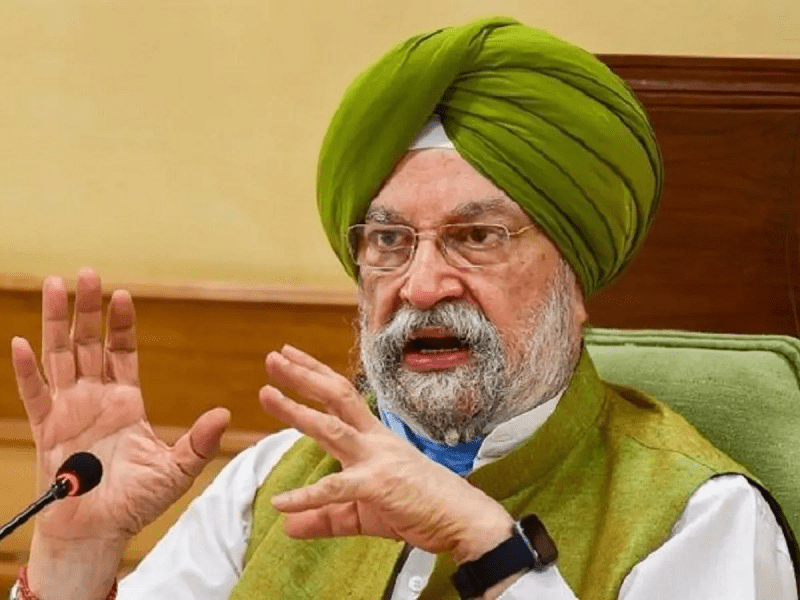In Short : Petroleum Minister Hardeep Puri expresses optimism that India is poised to become a global success story in the energy sector. This statement likely reflects confidence in India’s potential to play a significant role in the global energy landscape, possibly through advancements in renewable energy, sustainable practices, or increased energy production.
In Detail : Mumbai (Maharashtra) [India] : India is working aggressively to augment its energy output, be it conventional or renewable, and it is expected that the country will become the main growth story in the energy space by the end of this decade.
“Domestic production will increase, the biofuel story is very good, and we are aggressively working on compressed biogas and green hydrogen. By 2030, India is going to be the main growth story in the energy sector,” Union Petroleum Minister Hardeep Puri told ANI on the sidelines of the ongoing India Energy Week 2024.
“India Energy Week is getting global attention and there has been a huge focus on Indian energy story and its green energy story,” said the minister.
Minister Puri said that India Energy Week, which is in its second edition, has become an annual event with participants sharply rising and various products and technologies are being exhibited. The four-day event happening in Goa this time will come to an end on Friday.
Later, speaking about ONGC’s crude oil discovery off the coast of Andhra Pradesh, he said daily production to the tune of 45,000-50,000 barrels is expected to start by May-June of this year.
The place where the oil is found is 30 kilometres off the coast of Kakinada in the Krishna Godavari basin. In early January, the state-owned oil company ONGC had commenced “first oil” production from Krishna Godavari Deep-Water Block 98/2 in the Bay of Bengal, marking a new crude discovery in the country.
India, the world’s third-biggest oil importer and consumer, is dependent on crude oil from various sources in the global market to meet its domestic demand.
At COP26 held in 2021, India committed to an ambitious five-part “Panchamrit” pledge. They included reaching 500 GW of non-fossil electricity capacity, generating half of all energy requirements from renewables, to reducing emissions by 1 billion tonnes by 2030.
India as a whole also aims to reduce the emissions intensity of GDP by 45 per cent. Finally, India commits to net-zero emissions by 2070.

